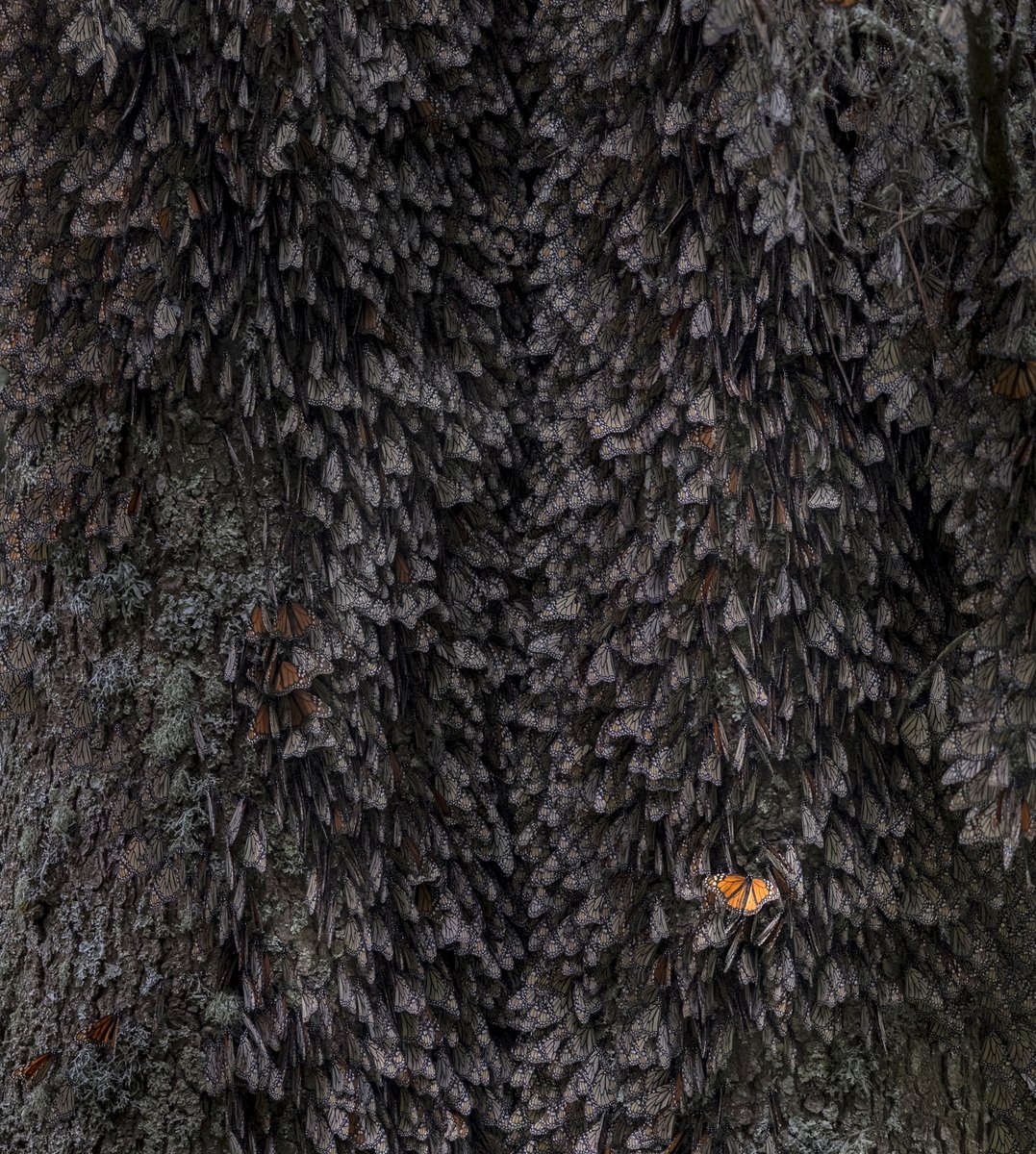
Here's a story of how an Australian man's tryst with a golden meteorite helped unearth a scientific treasure that was older than the earth!
Read: weather.com/en-IN/india/sp…
📸: Melbourne Museum
Thread👇
Read: weather.com/en-IN/india/sp…
📸: Melbourne Museum
Thread👇

Six years ago, an Australian man named David Hole set out on a journey of finding gold.
Armed with a metal detector, he scoured to the Maryborough Regional Park in Melbourne—a famous Australian gold rush site of the 19th Century.
Armed with a metal detector, he scoured to the Maryborough Regional Park in Melbourne—a famous Australian gold rush site of the 19th Century.
To his amazement and sheer luck, nestled between yellow clay, Mr Hole did find something.
Determined that he'd struck gold, he picked up a reddish rock that was only 39 cm long and 14 cm wide but weighed 17 kgs for some reason.
Determined that he'd struck gold, he picked up a reddish rock that was only 39 cm long and 14 cm wide but weighed 17 kgs for some reason.
From sawing and sledgehammering to soaking it in acid, Mr Hole tried every possible way to split open this supposedly gold-laden rock.
Alas! The rock wouldn't budge and remained whole!
Disappointed, Mr Hole dropped it on a shelf, where it gathered dust for the next few years.
Alas! The rock wouldn't budge and remained whole!
Disappointed, Mr Hole dropped it on a shelf, where it gathered dust for the next few years.
Eventually, hoping for closure, he lugged the rock to the Melbourne museum, where he was informed that the rock he'd brought did not have any gold nugget.
However, Mr Hole was in for an even better surprise. The rock was out of the world, literally!
However, Mr Hole was in for an even better surprise. The rock was out of the world, literally!
The rock's appearance gave away a clue to Dermot Henry, Melbourne museum's geologist.
This sculpted, dimpled 'rock' was, in fact, a meteorite.
When these rocks come in contact with the atmosphere, they melt on the outside, and the atmosphere sculpts them.
This sculpted, dimpled 'rock' was, in fact, a meteorite.
When these rocks come in contact with the atmosphere, they melt on the outside, and the atmosphere sculpts them.
Out of the thousands of rocks that people had brought to the museum, only two had turned out to be genuine meteorites, this being the second.
Excited, Henry ran tests and found that this meteorite was 4.6 billion years old, older than our Earth!
Excited, Henry ran tests and found that this meteorite was 4.6 billion years old, older than our Earth!
On slicing the rock with a super-hard diamond saw, the rock revealed a cross-section of tiny silver droplets.
These were formerly silicate mineral droplets crystallised from the super-hot gas cloud and gave birth to our solar system.
These were formerly silicate mineral droplets crystallised from the super-hot gas cloud and gave birth to our solar system.
The meteorite was made of H5 chondrite, the same kind of rock that made up the Earth and the rest of the solar system due to gravity gently clumping those rocks together.
Friction would have overheated the rock, turning it red and molten on the surface.
It would have shot across the sky before crashing on the ground in the dense bush, where David discovered it years later.
It would have shot across the sky before crashing on the ground in the dense bush, where David discovered it years later.
According to Henry, the absence of weathering on the rock indicated that it arrived on Earth within the last 200 years.
And given its size, it was most likely seen falling!
And given its size, it was most likely seen falling!
• • •
Missing some Tweet in this thread? You can try to
force a refresh















